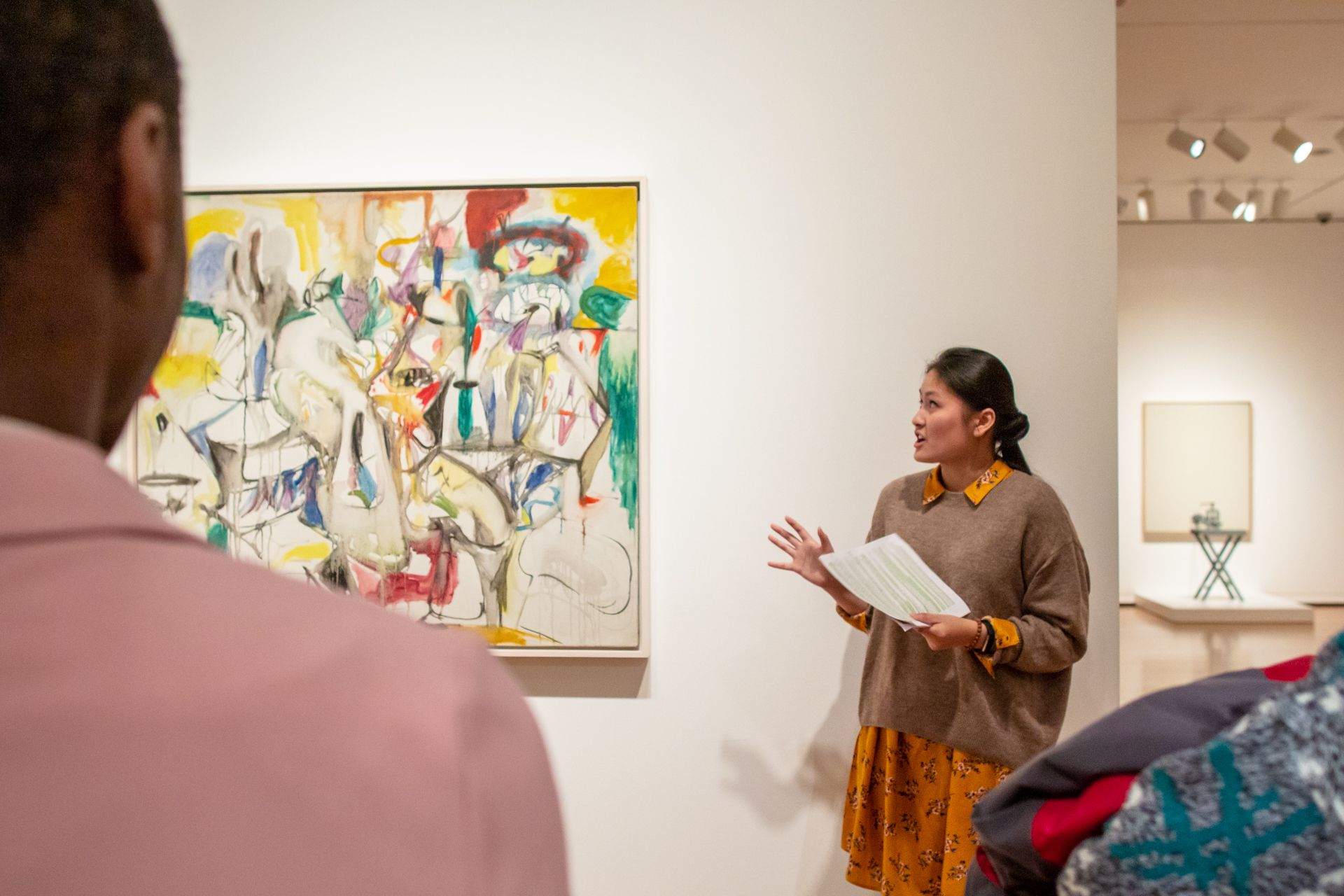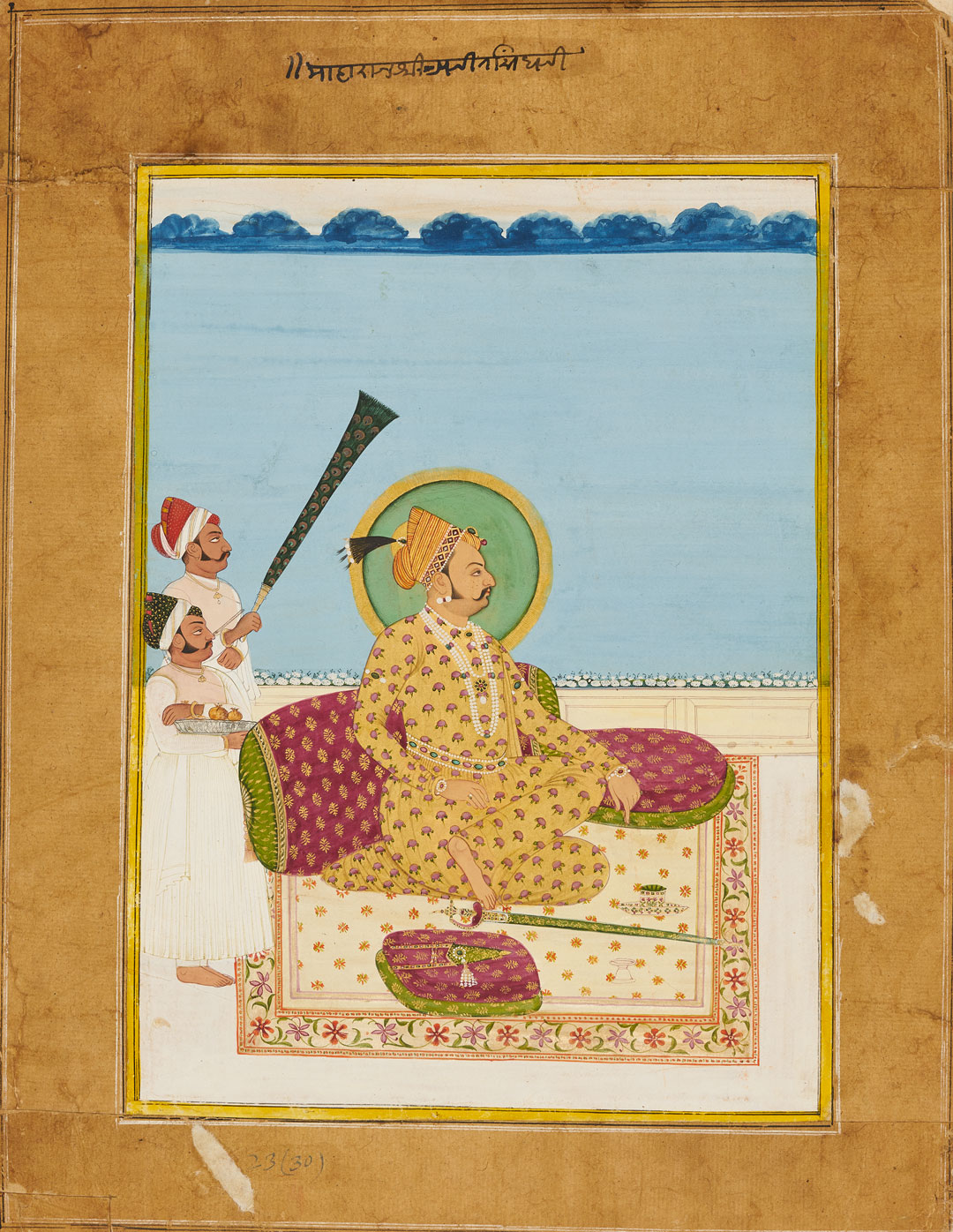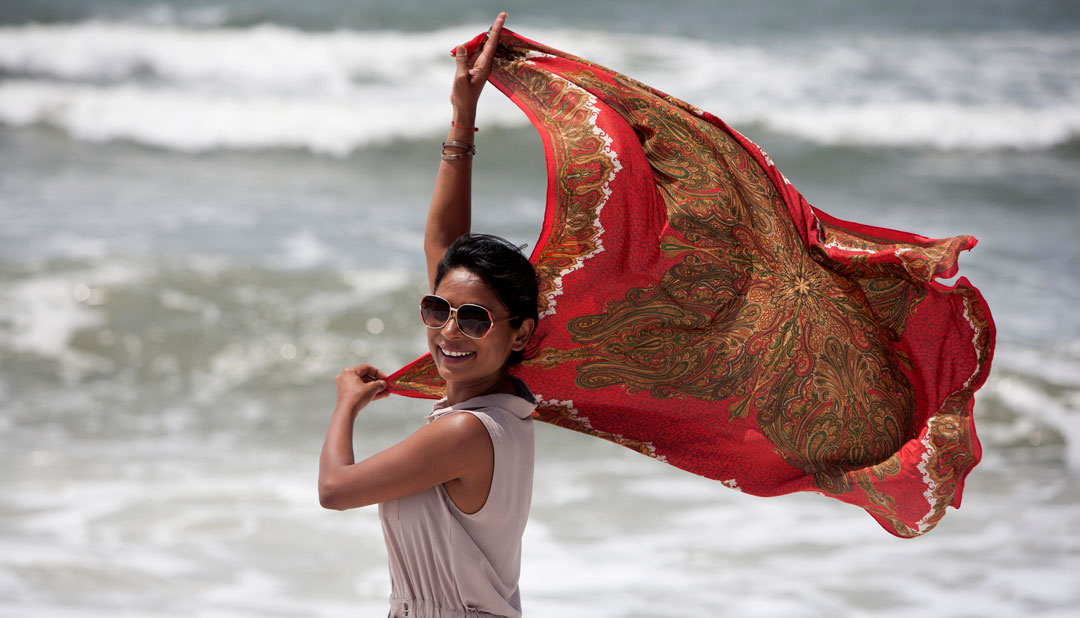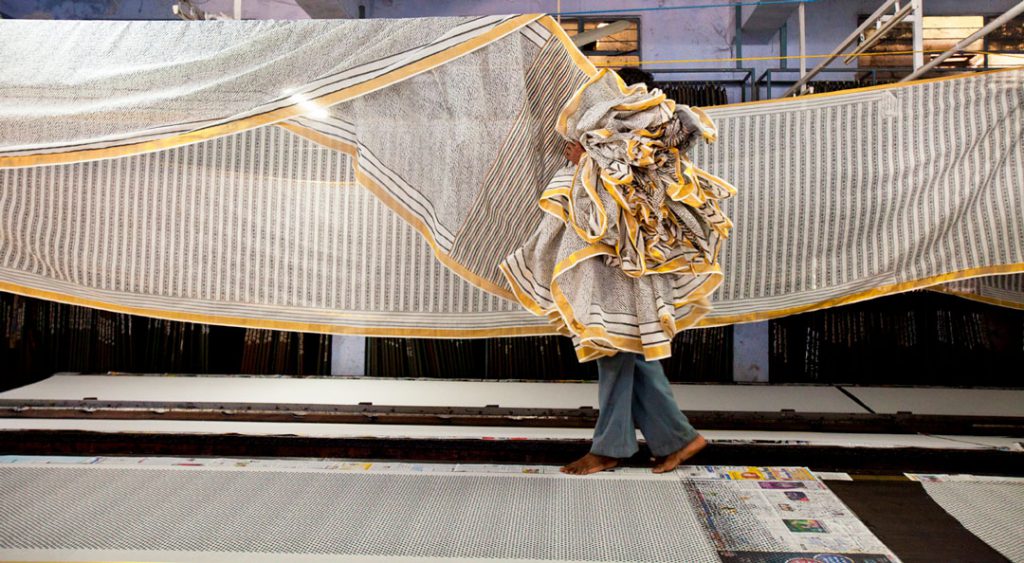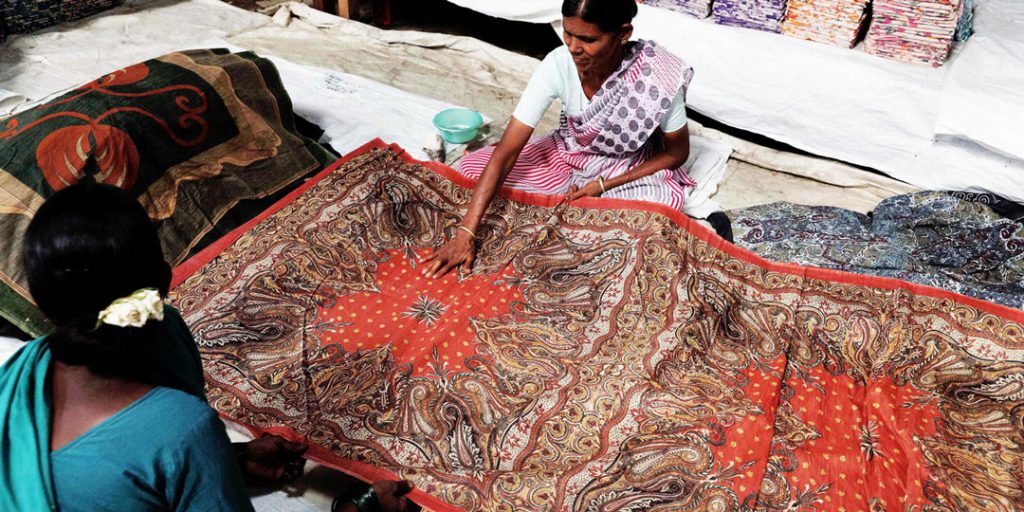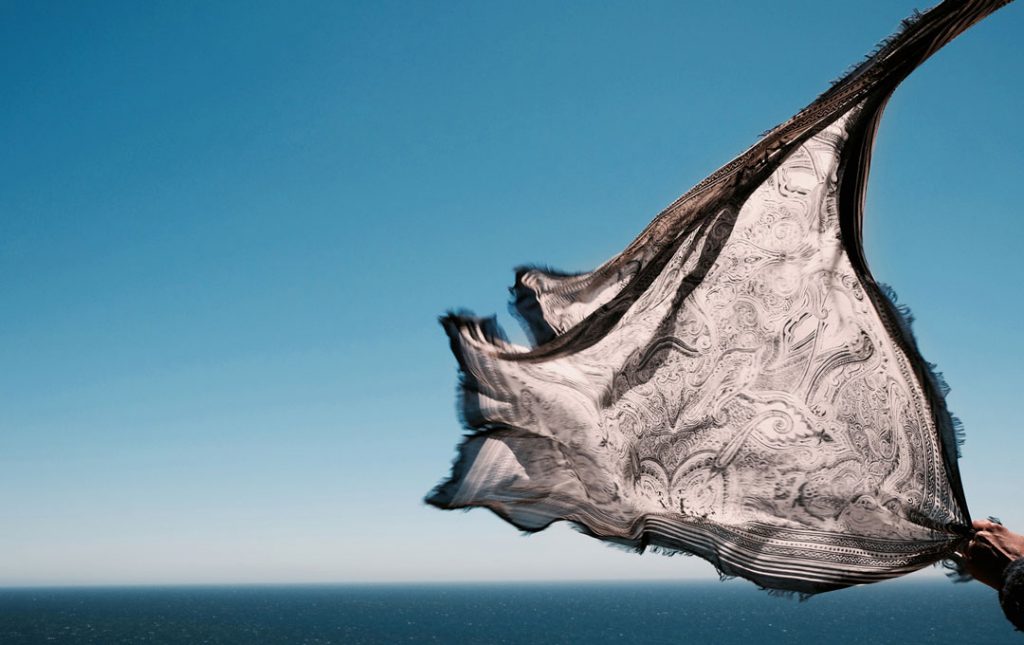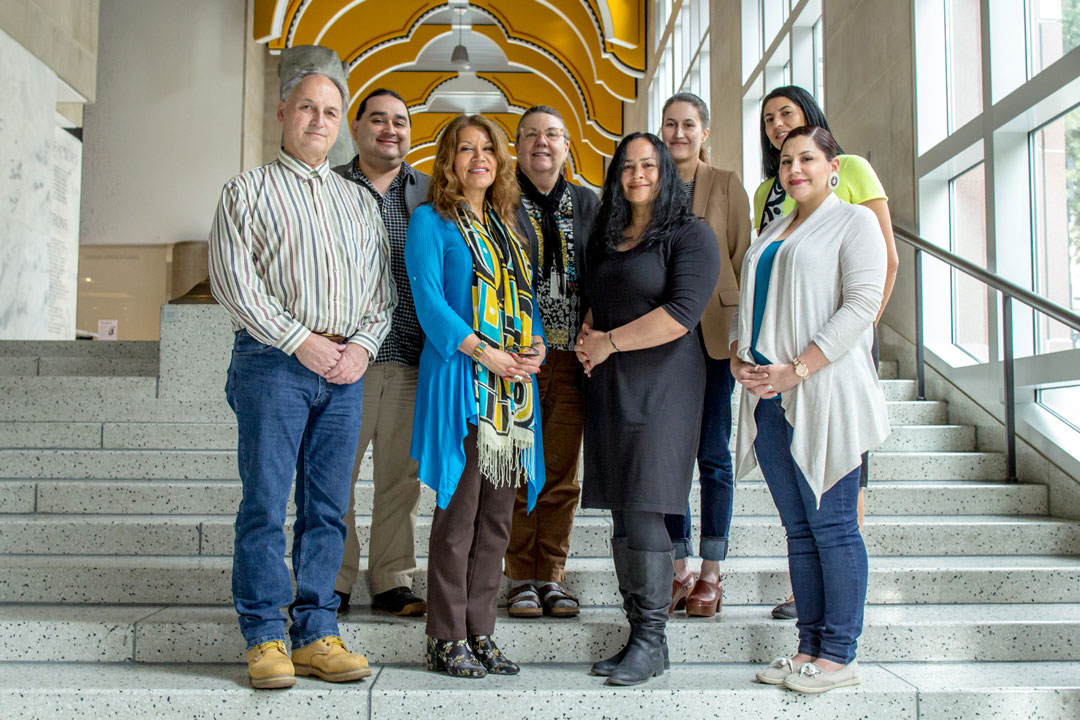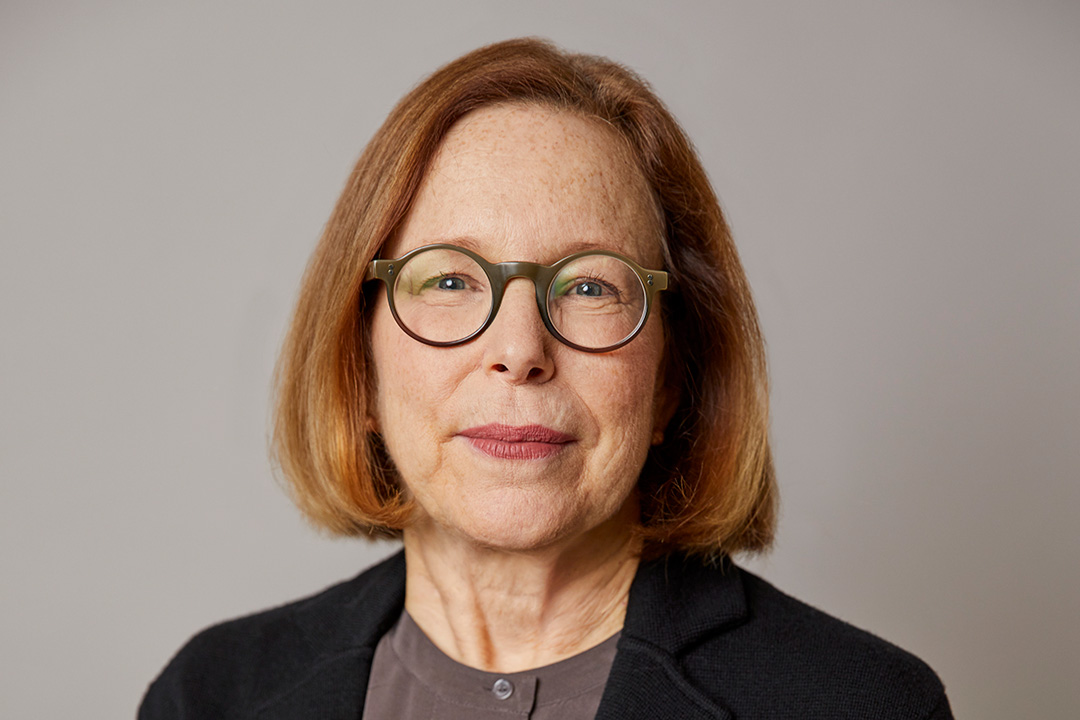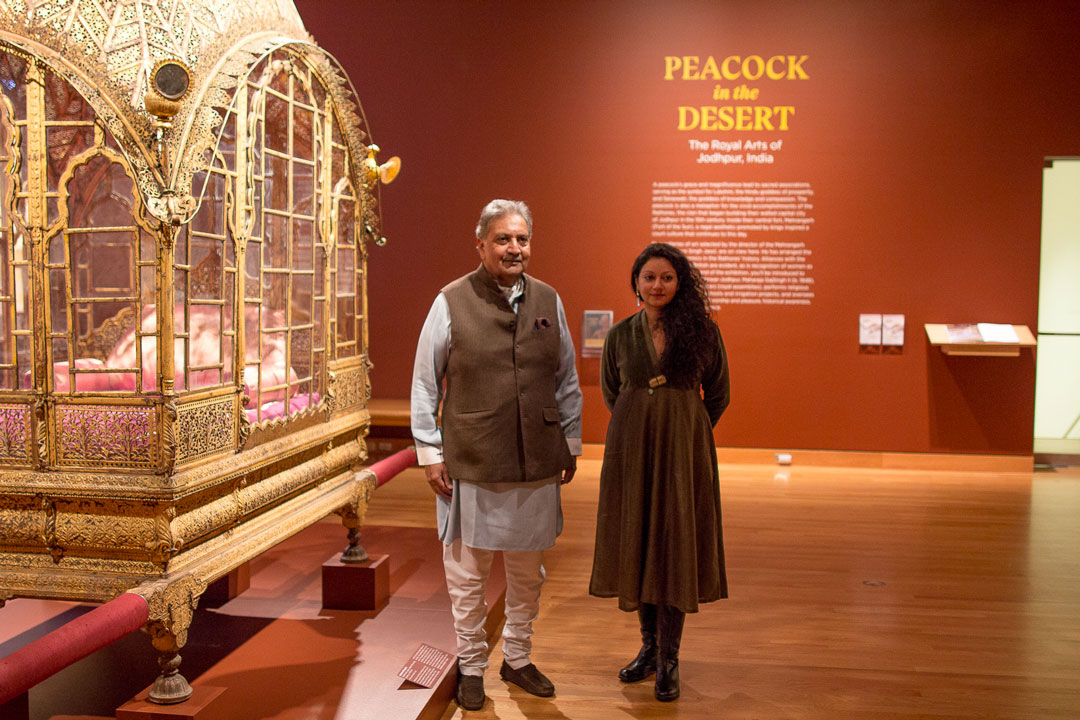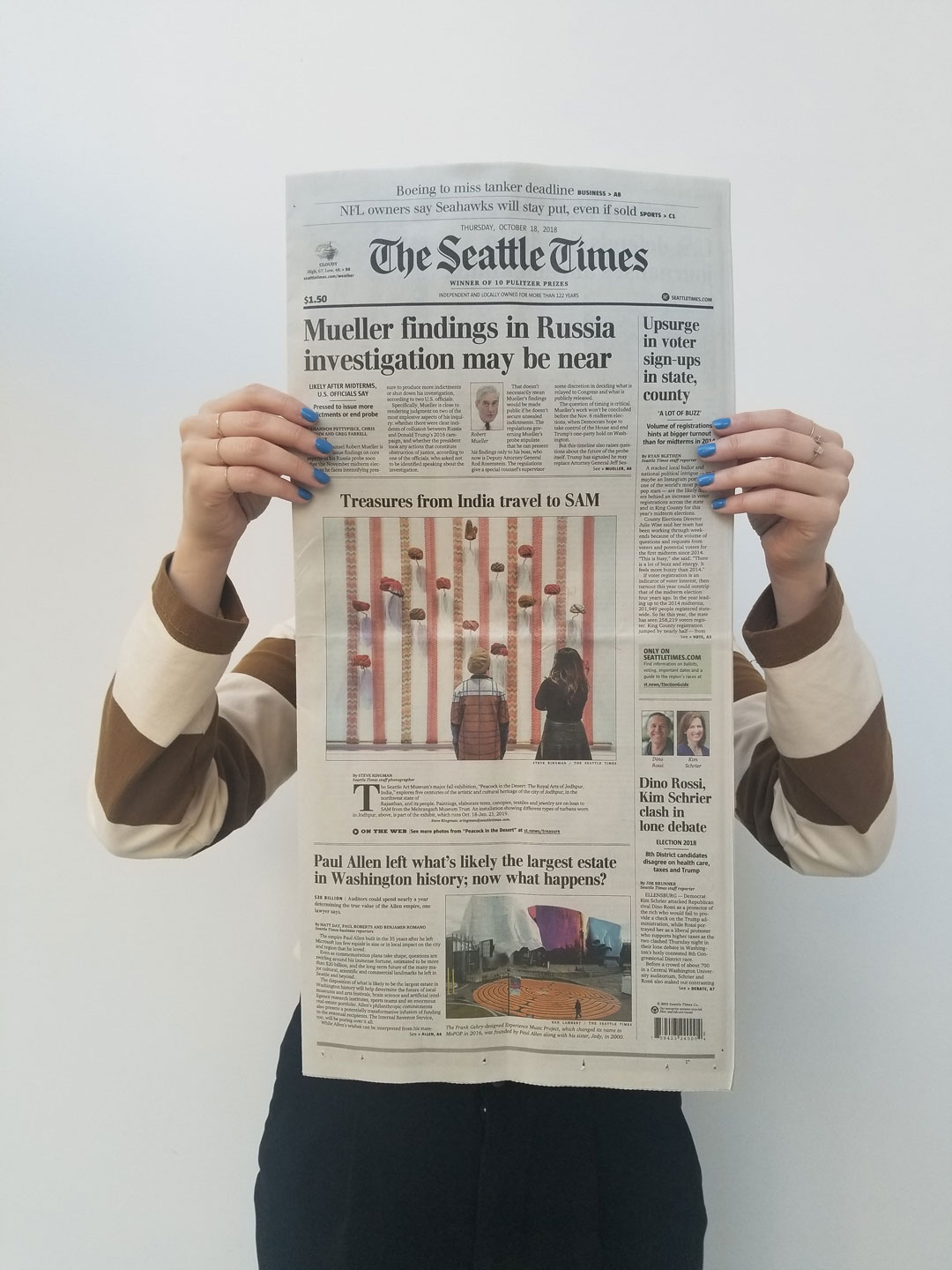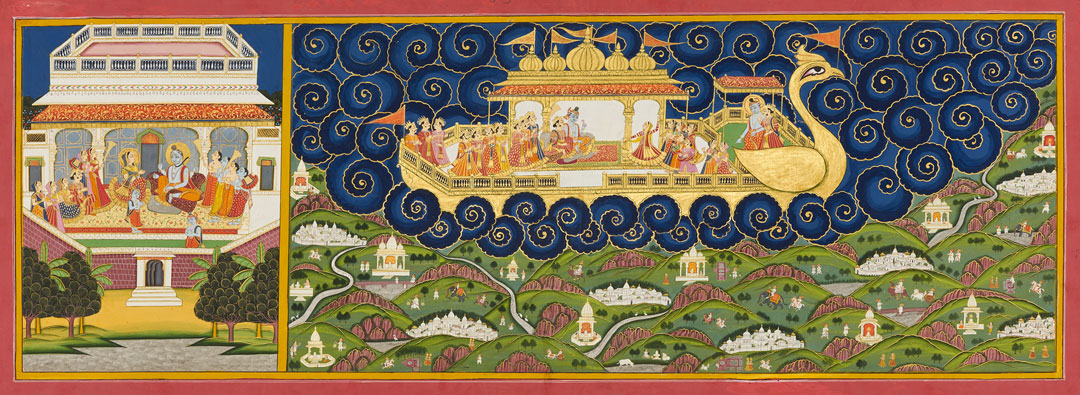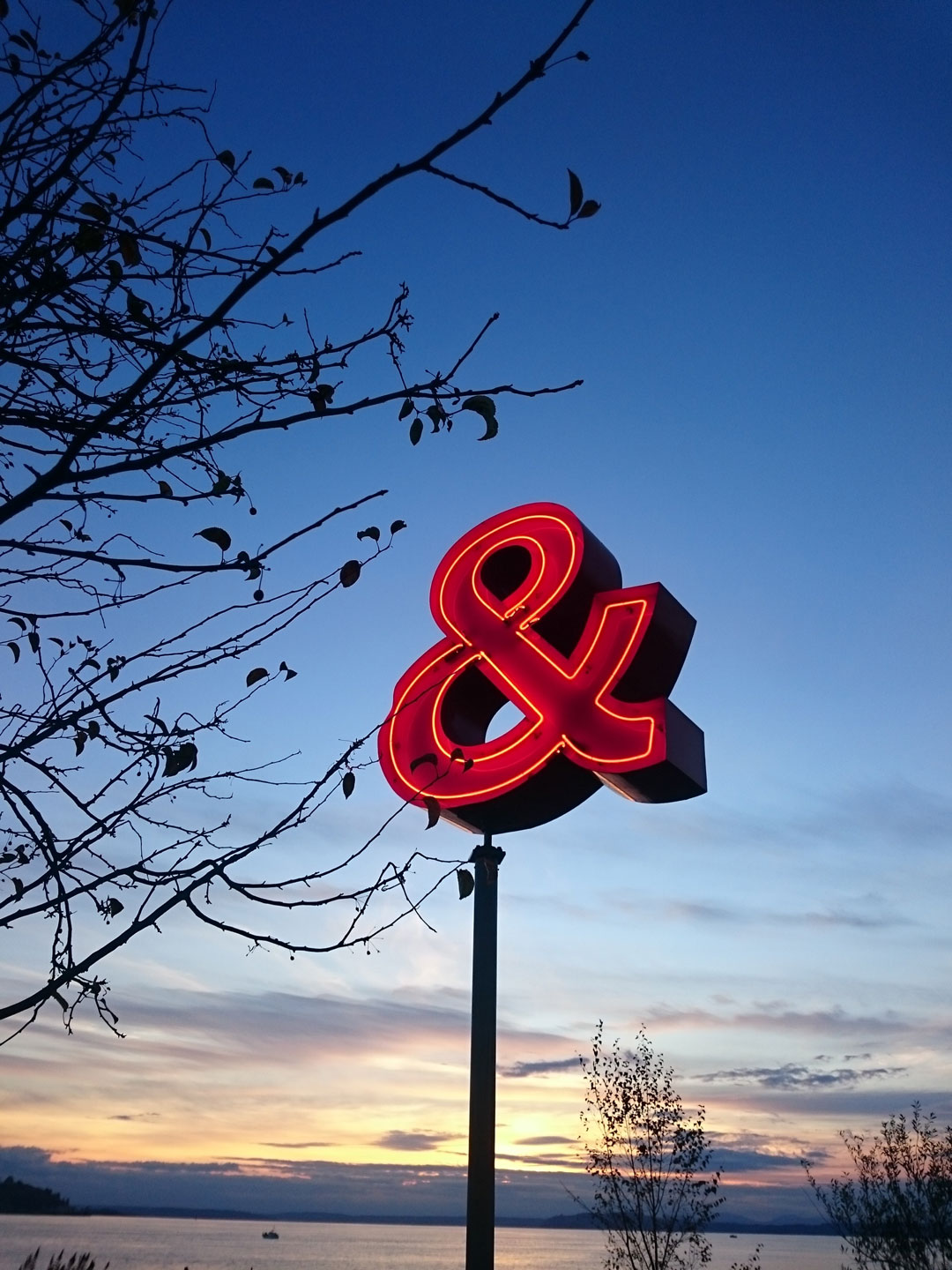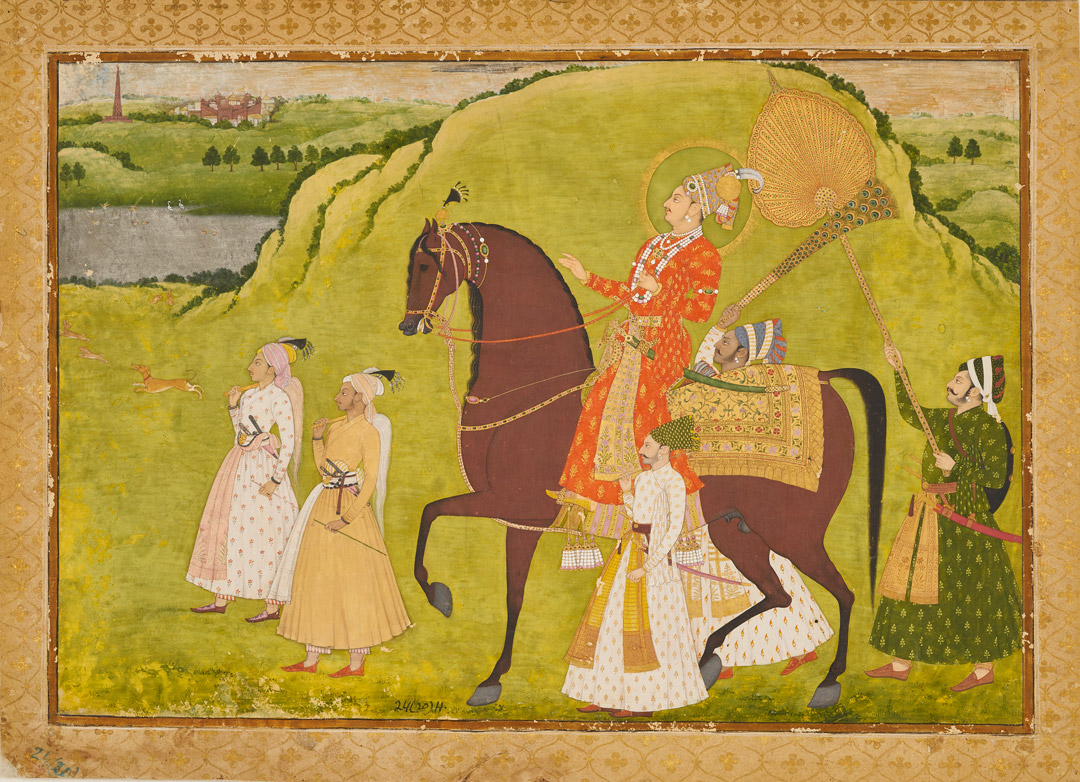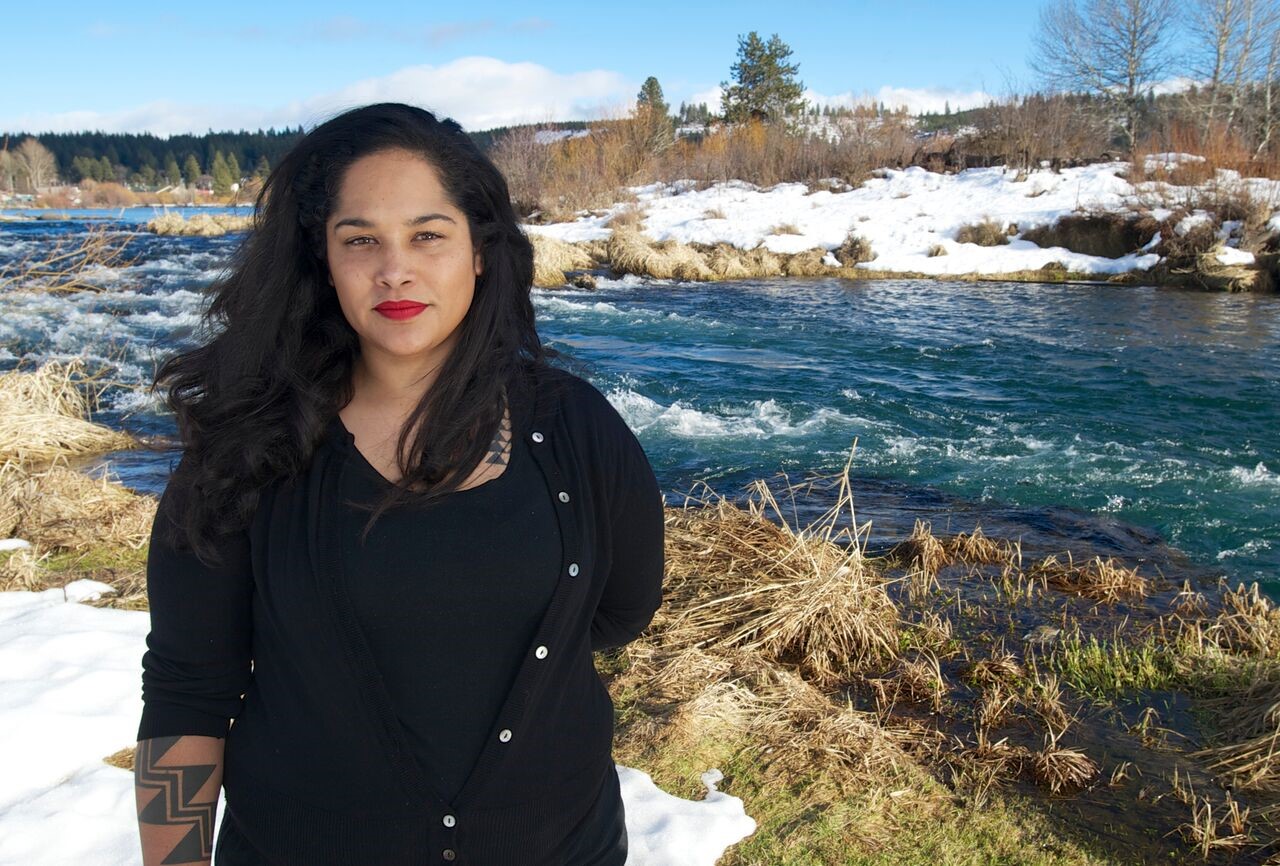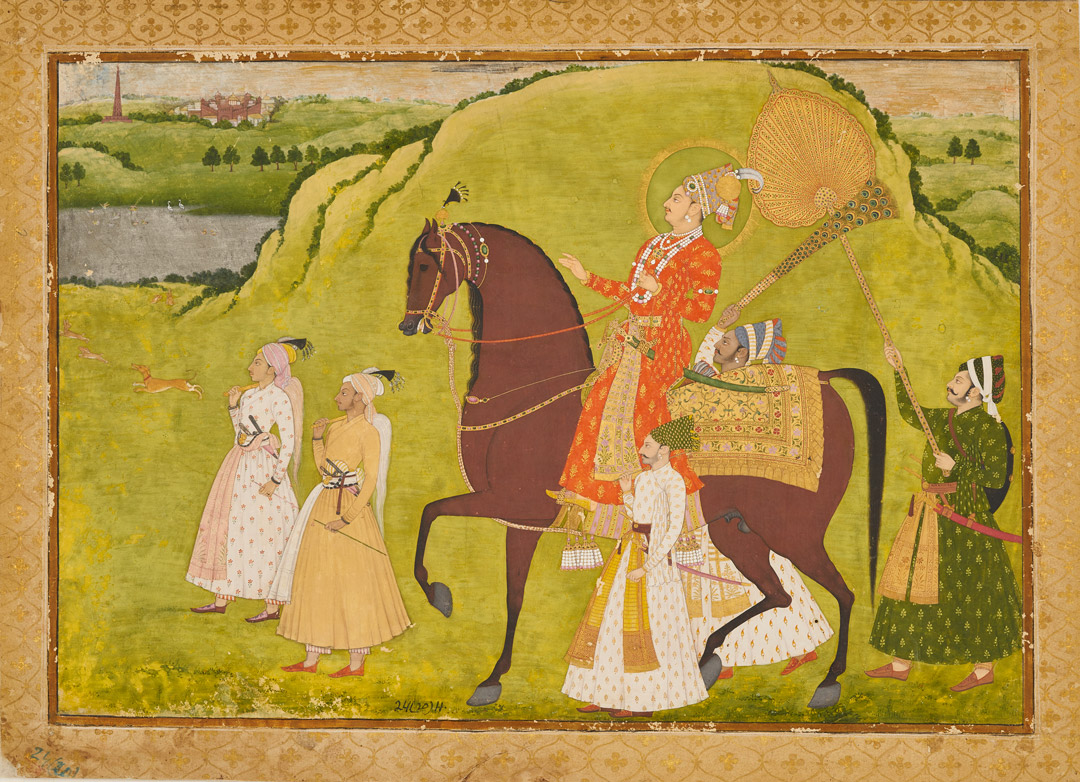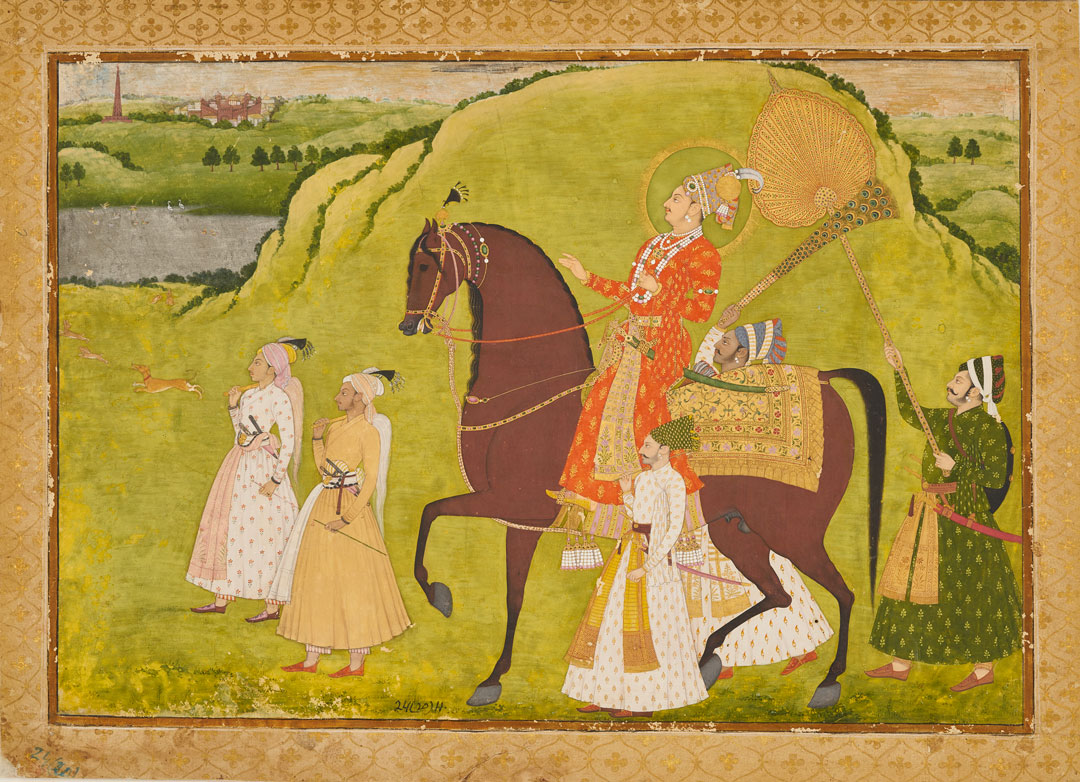SAM Connects Culture to Emerging Arts Leaders
Read all about Trang Tran’s experience at SAM as our 2018 Emerging Arts Intern. The Emerging Arts Internship at SAM grew out of SAM’s equity goal and became a paid 10-week position at the museum designed to provide emerging arts leaders from diverse backgrounds with an in-depth understanding of SAM’s operations, programming and audiences. We’re searching for our next Emerging Arts Intern! Does this sound like you? Applications are due April 1!
When I was asked to write a wrap-up blog about my experiences as an Emerging Arts Leader intern at the Seattle Art Museum, I asked myself, “Jeez, where do I even begin?” There are so many experiences, memories, and relationships that I have built at this museum, a place I now consider a second home, that it’s hard to summarize my journey in a paragraph or two.
As I was walking toward the museum on my first day of the internship, the word “anxious” wouldn’t have entirely encapsulated my emotions. I was also thrilled, grateful, and honored to be working at one of the best art institutions on the West coast. My first week flew by as I met staff members who were inclusive, welcoming, supportive, and helpful as I tried to find my way around the maze of the administrative office. Over the next weeks, I began conducting informal interviews with staff members, working on projects with the curatorial, communication, and educational departments, and I ran around the museum trying to find meeting rooms but repeatedly ending up on the wrong floor (“M stands for Maloney”– David). I also toured the Olympic Sculpture Park (Thanks, Maggie!), made multiple trips to the galleries and library as I began research for my December My Favorite Things Tour, spiraled down the rabbit hole in art storage (Thanks, Carrie!), attempted to write a press release for an upcoming exhibition (Thanks, Rachel!), participated in many events hosted by the museum, and more!
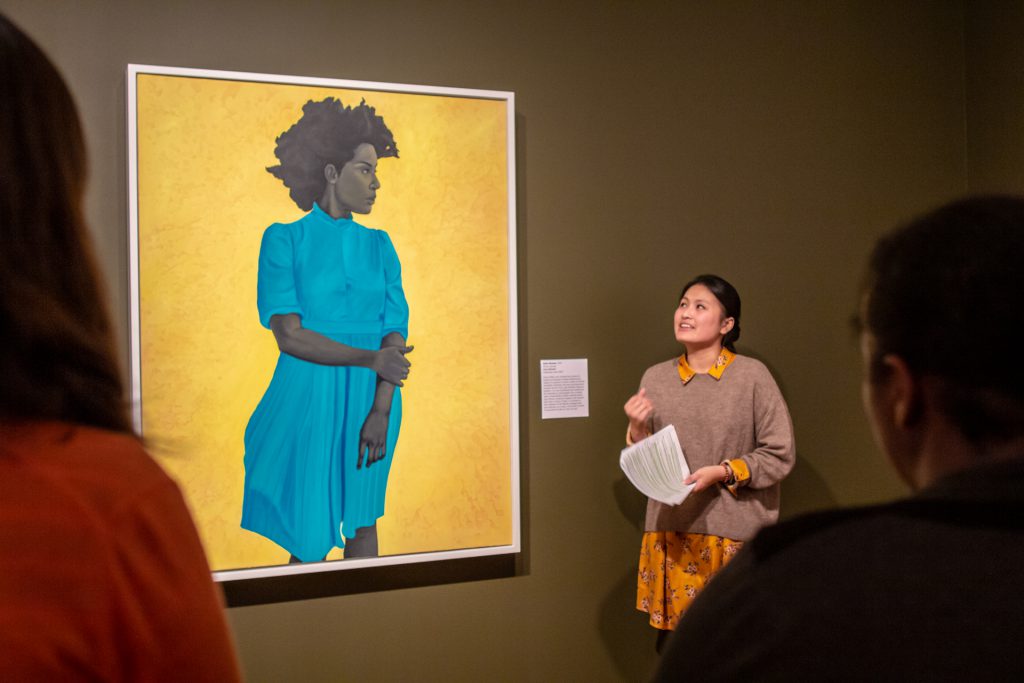
One event I was especially honored to participate in was the Peacock in the Desert: The Royal Arts of Jodpur, India Community Opening Celebration. I had the opportunity to interact with the community by greeting them at the door and answering questions about the evening’s programs. Instead of running around the administrative office or staring at a computer screen, I was able to engage with the museum’s audience. It was amazing to witness the enthusiasm, anticipation, and joy radiating from everyone I met at the door. Even though I ended up losing my voice that night, I wouldn’t trade the experience for anything.
I was also fortunate to spend the day with my little brother, Kevin, at the Diwali Family Festival. Diwali, or the “festival of lights,” is one of the most important celebrations in India where people celebrate the triumph of good over evil. The museum’s annual Diwali Family Festival included a vibrant fashion show, numerous art activities, dance performances, live music, and tours of the special exhibition, Peacock in the Desert, as well as tours of SAM’s permanent collections and installations. By attending this event, I hoped to show my brother that art is not just about color pigments on a white canvas on the wall or a sculpture encased in glass that you forget about as soon as you walk away. Art has the effect of bringing people together. People of different ethnicities, cultures, and backgrounds come together to celebrate, learn about, and appreciate a culture. Art also has the power to encapsulate political struggles, social changes, cultural values, and art movements. These are the reasons why I love, and am passionate, about art. I hope that if I can help the youngest member of my family see how powerful art can be, maybe one day my parents, as well as the wider Asian-American community, will learn to accept and recognize the existence of the art world.
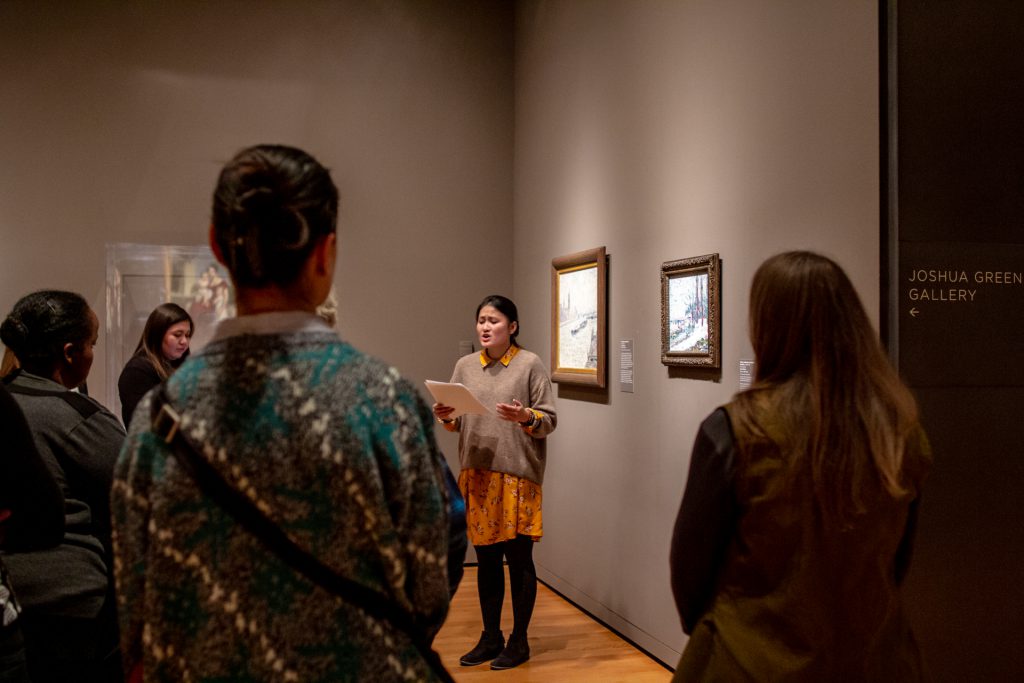
Throughout this 10-week interdisciplinary internship, I found myself learning about the numerous operations that keep the museum running on an everyday basis. Such operations range from researching artworks in the curatorial department to fundraising in the development department, from promotional strategies in the marketing department to writing press releases in the communication department, and from preserving artworks in the conservation department to engaging the public in the educational department. But if I were to selected one main lesson to take away after this internship, it would be that a museum is not just about the artworks in the gallery; it’s also about people coming together to successfully bring these artworks to the public. For an artwork to be displayed in the museum, for a sculpture to be standing in the gallery, or for an exhibition to be showcased for three months, it takes cooperation from every department in the museum. From the bottom of my heart, thank you to everyone who has welcomed, accepted, supported, challenged, and encouraged me throughout this internship. Thank you for all the hard work that you are doing, not only for the world of art, but also for the public community.
– Trang Tran, SAM Emerging Arts Leader Intern 2018
